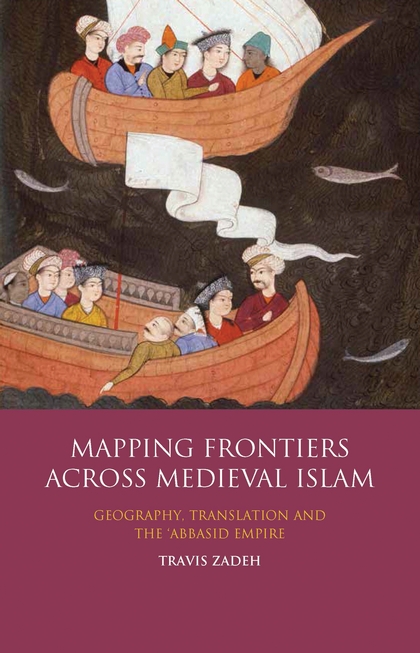The idea of “world religion” expresses a commitment to multiculturalism (i.e. it evinces the multicultural, empathetic spirit of contemporary scholars), presupposing that there are many world religions, and Buddhism and Islam are amongst them. This concept embodies a pluralist ideology, a logic of classification, which has shaped the academic study of religion and, consequently, infiltrated ordinary language. In the past, European scholars of religious studies categorised people of the world into four, well-marked and unevenly portioned, domains: Christians, Jews, Mohammedans, and the rest (heathens, pagans, idolaters, or polytheists). This fourfold schema, which long held sway in early modern compendia and dictionaries, began to crumble in the first half of the nineteenth century, and in the early decades of the twentieth, scholars expanded their understanding of great world religions to eleven: Christianity, Buddhism, Islam, Hinduism, Judaism, Confucianism, Taoism, Shinto, Zoroastrianism, Jainism, and Sikhism. This list became the new unchallenged and taken-for-granted schema. It ran along by force of habit, by force of conventional opinion. With the lapse of time, it became stronger and stronger––must eventually be a fact, a reality not easily destroyed.




